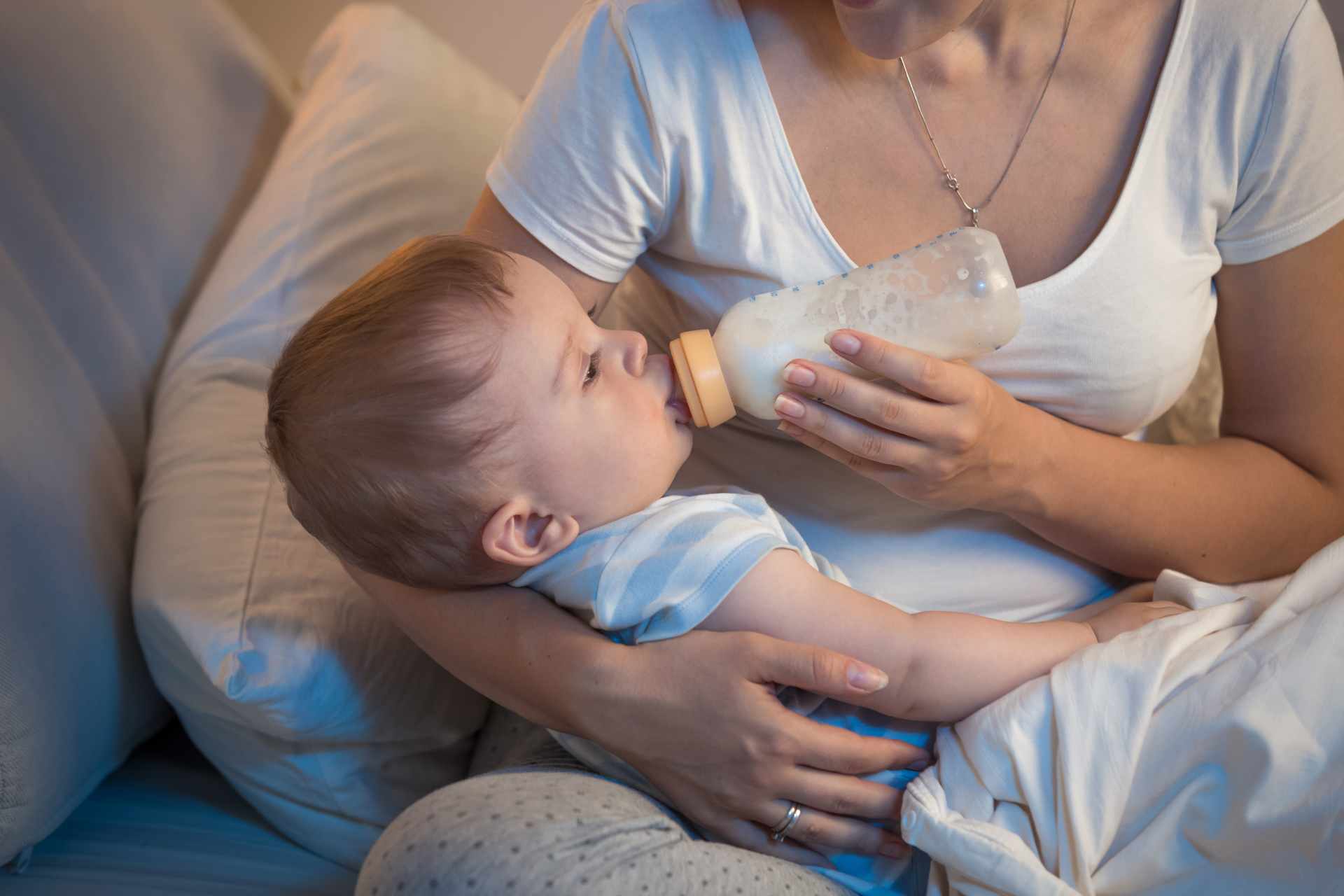What is already known
Recent findings suggest that circadian clocks in specific gut bacteria could influence gastrointestinal health. However, it’s unclear when these clocks arise and whether environmental factors such as diet can affect them.
What this research adds
Researchers compared the development of the gut microbiota in 210 infants who were exclusively breastfed with infants who received four different types of formula. All infants showed a gradual increase in microbial diversity over time, with diet having minimal effects on infant growth or differences in the gut microbiotas. Circadian rhythms in the gut microbiota were detectable as early as two weeks after birth and became more pronounced over time. The microbes oscillated with a circadian rhythm even when they were grown outside of the body.
Conclusions
The findings suggest that the infant gut microbiota begins to develop circadian rhythms soon after birth, with diet having minimal influence on these microbial patterns.
Recent findings suggest that circadian clocks in specific gut bacteria could influence gastrointestinal health. New research suggest that the infant gut microbiota begins to develop circadian rhythms soon after birth early in life.
The findings, published in Cell Host & Microbe, also indicate that diet has minimal effects on the microbial circadian rhythms. “Diet matters, but less than aging of the gut,” says study senior author Dirk Haller at the Technical University of Munich in Freising, Germany.
While circadian rhythms have been observed before in adult microbiotas, the study is the first to provide evidence that infant gut microbes have their own circadian rhythm.
Circadian clocks in gut bacteria regulate the cyclical patterns of microbial growth. However, it’s unclear when these clocks arise and whether environmental factors such as diet can affect them. So, Haller and his team set out to investigate the effects of infant formula on the early gut microbiota.
Diet effect
The researchers compared the development of the gut microbiota in 210 infants who were exclusively breastfed with infants who received four different types of formula: un-supplemented formula; formula containing breast-milk-derived bacteria (Bifidobacteria); formula containing breast-milk-mimicking sugars called galacto-oligosaccharides (GOSs); or formula containing both breast-milk-derived bacteria and GOSs.
All infants showed a gradual increase in microbial diversity over time, with no observable difference between the groups 24 months after birth. Diet had minimal effects on infant growth or differences in their gut microbiotas, the researchers found. However, GOS-supplemented formula proved more effective in maintaining sustained levels of Bifidobacteria compared to formula containing Bifidobacteria alone.
“When we compared breastfed and formula-fed infants, the differences in microbiome colonization were marginal,” Haller says. “Our intestinal system is probably a little bit more flexible in adapting to what the environment has to offer.”
Circadian rhythms
The team was also able to detect rhythmic 24-hour fluctuations in the abundance of different gut microbial species as early as two weeks after birth. These circadian rhythms became more pronounced over time, the researchers found.
Even when grown in a laboratory dish without host signals, infant gut microbes were able to synchronize into a consistent circadian rhythm. “This is fairly surprising because it suggests that the bacteria have some intrinsic mechanism that provides some sort of adaptation to a day and night cycle, which could potentially give them an advantage in colonizing the human intestine,” Haller says.
Next, the researchers plan to further investigate the circadian clocks of the infant microbiota to identify genes responsible for regulating these rhythms, Haller says. “For us, the next question is can we identify mechanisms in bacteria that control their circadian behavior.”










